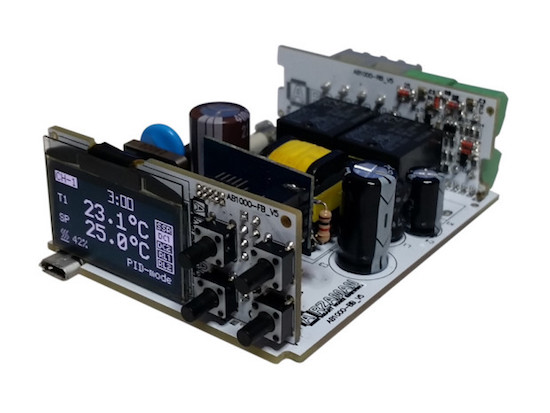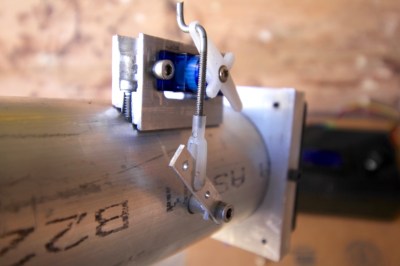SmartPID is a smart temperature and process controller

Professionally engineered, SmartPID is a high-tech, programmable temperature and process controller for the DIY community.
Compared to a basic on/off thermostat, SmartPID is an “open platform” that can collect temperature from multiple sensors, apply programmable control logic, and drive different loads with a precise PID algorithm.
Not only can SmartPID control any thermos-regulated process, heating or cooling, it can be used for a number of applications throughout your home, both locally and remotely. You can easily access your process and log data from the web browser on a desktop over Wi-Fi or a smartphone via a dedicated app, which is ideal in case of critical situations that involve alarms and triggers.

The brainchild of Davide Arzarello, SmartPID is a must-have for Makers, do-it-yourselfers, tech enthusiasts, as well as professional engineers seeking an affordable process controller. It’s 100% Arduino-compatible: just plug the SmartPID USB port into your computer and program the board using the Arduino IDE.
SmartPID is neither a simple controller nor a thermostat: it is an “open platform” in which the resources and I/O can be used for a variety of applications and in a variety of environments. The idea behind SmartPID is to develop an ecosystem of “vertical” applications on top of a common set of features, providing tools for people who would like to develop their own applications or hack existing ones. The two main apps included are the smart thermostat and smart brewing app, with a successful crowdfunding campaign, the company hopes to expand the controllers versatility into a number of vertical applications on top of the SmartPID platform.
With its process automation, SmartPID makes everything from homebrewing and winemaking to aquarium maintenance to oven temperature more precise, powerful, and flexible. Want to learn more? Check out Arzarello’s campaign on Indiegogo!


